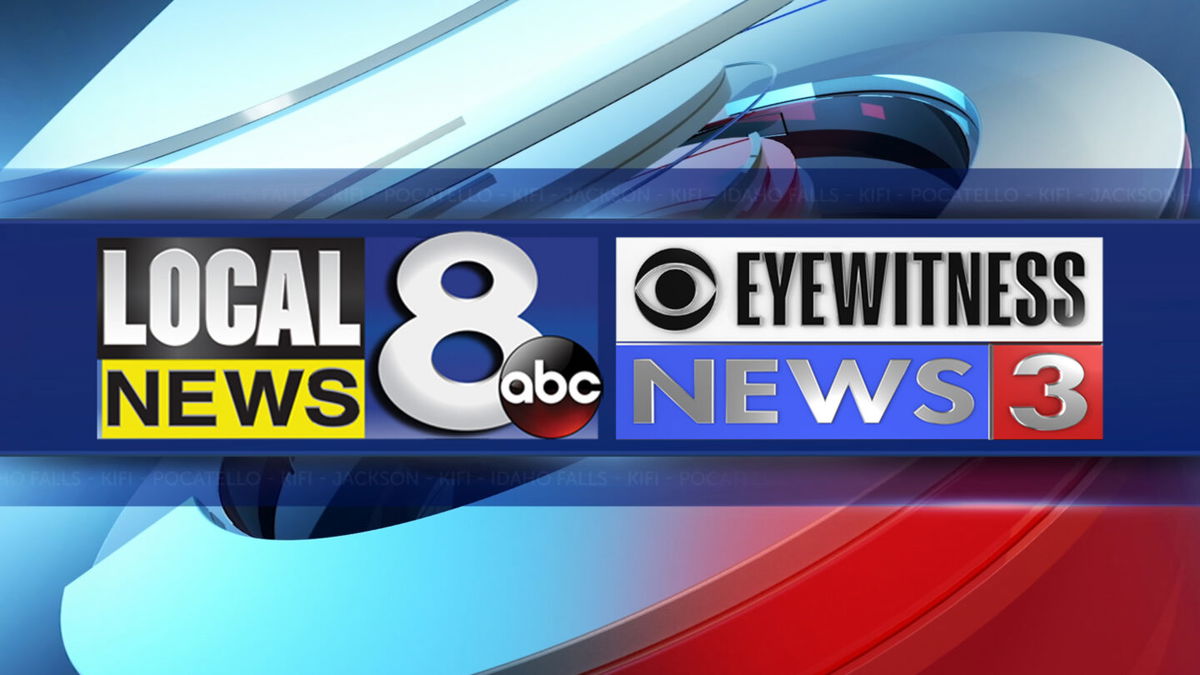Americans are shopping less. But the US economic engine is still humming

Analysis by Allison Morrow, CNN
New York (CNN) — To hear executives at some of America’s biggest retailers tell it, consumers are strained for cash and buying less stuff, in a troubling sign of a slowing economy.
That’s only half true. The consumer appetite that kept the US economy afloat through the worst of the pandemic and beyond remains hearty — it’s just craving something new.
This earnings season, retail bosses have offered all kinds of reasons for their dwindling profits. Macy’s said credit card delinquencies, a proxy for consumer health, are on the rise. Dick’s Sporting Goods said shoplifting is dinging its margins, despite little evidence of rising rates of theft. Foot Locker’s stock is down 30%. Nike (NKE)’s stock has fallen 10 straight days, its longest-ever losing streak. Target, Home Depot and Lowe’s all saw sales slump.
Is this it? The moment the mighty US economy finally hits the skids?
Probably not.
While it’s true that people are spending less on stuff and have long blown through their Covid-era stimulus savings, it is not true that they’ve stopped spending.
More Taylor Swift, fewer tennis shoes
Instead of shelling out on yet another pair of running shoes or a new laptop or dishwasher — how many of those does one household need anyway? — Americans are opting instead to buy tickets for Taylor Swift or Beyoncé or “Barbie.” They’re buying airfare, reserving hotels and hailing Ubers to concerts, weddings, spas, beach vacations — activities that have been curtailed, to varying degrees, by Covid over the past three years.
That’s important, because Americans’ spending on goods and services accounts for two-thirds of US gross domestic product.
We won’t have a read on third-quarter economic growth until late October, but already, forecasts for GDP “are running wild on the upside,” writes Chris Rupkey, chief economist at FwdBonds. “It is looking like a blowout quarter for economic growth.”
The unofficial GDPNow forecast from the Atlanta Federal Reserve expects economic growth in the third quarter to rise 5.8% on an annualized basis — double the rate of GDP growth from the same period last year.
“Consumers are just fatigued, not strapped,” Bloomberg columnist Leticia Miranda wrote this week. “Retailers just need to find a way to shake them out of their boredom.”
Consumers obviously haven’t stopped buying stuff, either — spending on goods remains “very elevated” relative to pre-Covid trends, according to Deutsche Bank. Even malls are making a comeback.
But shoppers are being more judicious about how they spend as inflation continues to bite. That’s been great news for Walmart, Amazon and TJ Maxx, which offer more discounted items and saw revenue surge in the second quarter.
“Overall, the consumer appears to be becoming noticeably more cautious and is spending most of their discretionary cash on travel and entertainment rather than merchandise,” said Louis Navellier, a market commentator and founder of investment firm Navellier.
Red flags for a different economy
When retailers like Dick’s and Macy’s issue dire warnings about the state of the American consumer, they’re not necessarily wrong — but they’re viewing the ostensible red flags through a pre-pandemic lens.
Historically, sluggish retail sales, credit card delinquency and even shoplifting have been signs of a dark cloud on the horizon. But those events also typically came with other warning signs, like rising unemployment, stagnant or falling wages and a pullback on all kinds of spending, including on services.
That’s not the situation in 2023. Wages are rising. Inflation is cooling. Unemployment has been hovering around its lowest level in a half-century, despite aggressive interest rate hikes from the Federal Reserve designed to cool consumer demand.
The question of credit card debt is another area where the nuance matters. The delinquent debt that Macy’s warned of this week looks especially elevated in part because it was practically nonexistent over the past two years. And as a share of total credit card debt, it is relatively low.
But Americans’ credit card debt is unquestionably rising. In the second quarter, credit card balances shot up by $45 billion, or nearly 4.6%, to surpass $1 trillion for the first time ever.
Obviously, carrying a hefty balance on your credit card can be bad, especially after the Fed raised interest rates 11 times in the span of 18 months. But in the aggregate, rising credit card debt reflects some level of consumer optimism about the ability to pay off summer beach vacations and Taylor Swift swag in due time.
The economy isn’t without headwinds. The rise in credit card and auto loan debt has been accompanied by a drawdown in savings. More Americans are tapping their 401(k) accounts because of financial distress, according to Bank of America data released this month. And come October, millions of Americans will be back on the hook to pay their student loan balances after a three-year reprieve.
What’s different now, said Brett Ryan, senior US economist for Deutsche Bank, is that the momentum going into those headwinds “looks a little better.”
“And that leaves the conclusion that maybe the economy is able to weather these upcoming headwinds.”
—CNN’s Alicia Wallace contributed to this article.
Enjoying Nightcap? Sign up and you’ll get all of this, plus some other funny stuff we liked on the internet, in your inbox every night. (OK, most nights — we believe in a four-day work week around here.)
The-CNN-Wire
™ & © 2023 Cable News Network, Inc., a Warner Bros. Discovery Company. All rights reserved.
